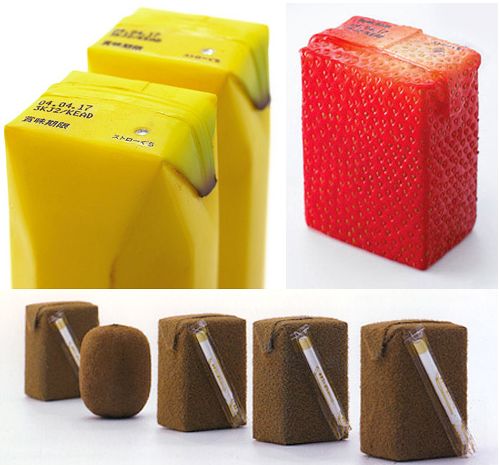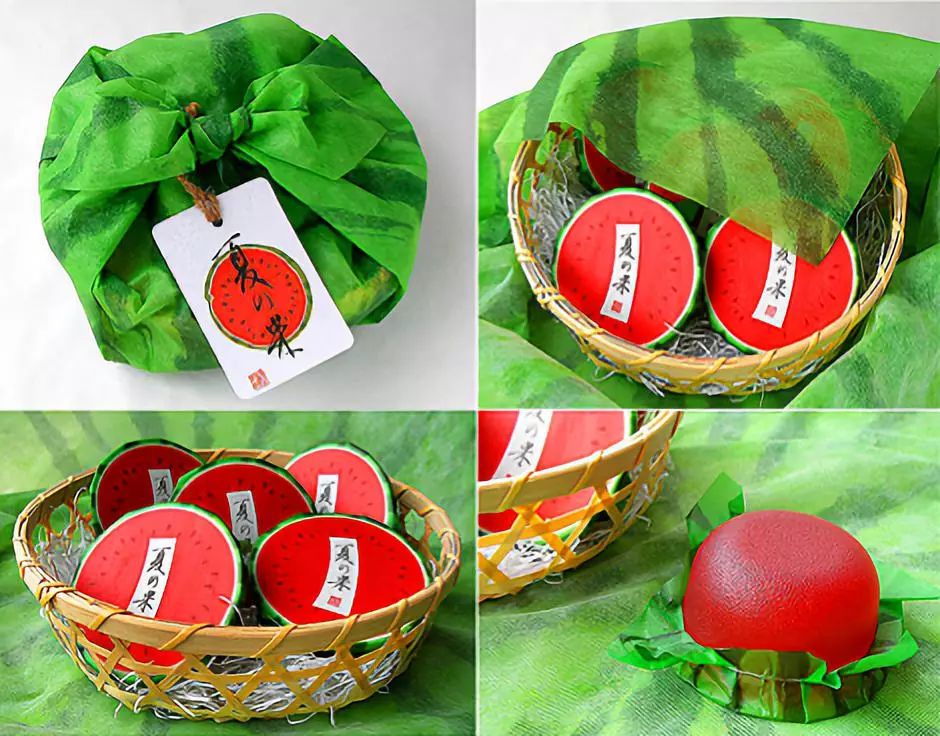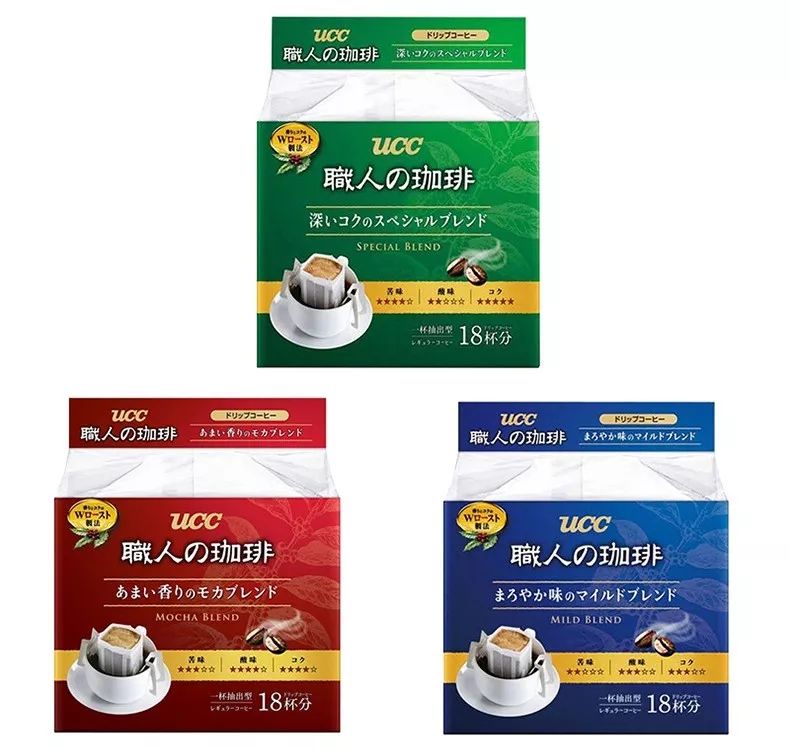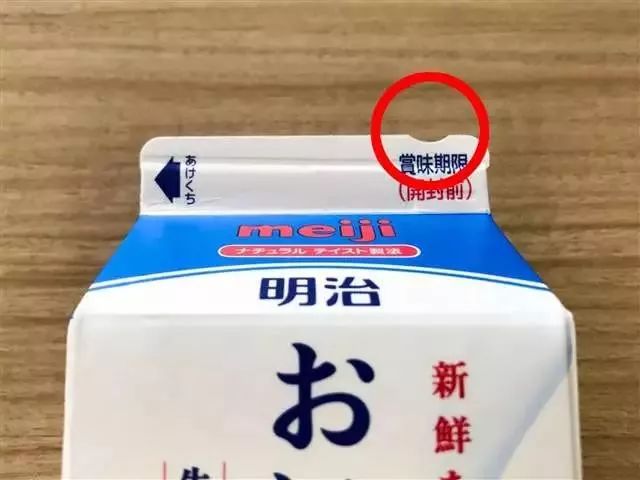How far are we from Japan?
Editor’s note: This article comes from WeChat public account “FBIF Food and Beverage Innovation” (ID : FoodInnovation), author Yanyan (Freya), edit Bobo .
“In your eyes, how many points can our Chinese designers score?”
“Do you want to say this on TV?”
Yoshiji Yamamoto, a famous Japanese designer, responded in an interview.
Compared to China, which is often “ridiculed by the crowd,” next door, Japan, with its unique style in food packaging design, has become a “superior student” imitated at home and abroad.
The views of Japanese packaging design guru Shida Putian in “0.2 Second Design Power” reflect Japan’s emphasis on packaging. “The time it takes for shoppers to reach the merchandise before passing the shelves is only 0.2 seconds. If you want customers to be surprised at this moment, ‘Wow!’, And willing to stop, you must rely on eye-catching packaging.”
The 0.2-second theory of Putian Shiren is well-founded.
Nielsen’s research results show that an excellent package design that can attract consumers’ attention can get a return on investment of up to 50 times that of general advertising campaigns. [1]
Visitors to Japan often walk in front of the dazzling food shelves. According to the Japan Tourism Agency, in 2017, mainland Chinese tourists bought 50.7 billion yen (about 3 billion yuan) of snacks, accounting for 39%. The three brothers Carleby French Fries, White Lovers and Royce Raw Chocolate are among the top three most popular snacks. [2]
If you look at Japanese snacks, the packaging is very exquisite. For example, white lovers, snowflake crystals on the package with dark blue background, pure and quiet, reminiscent of the lovers walking hand in hand in the snow at night.
Image source: White Lovers’ official website
The Kororo marshmallow packaging produced by Yoha Taste Candy has conquered consumers with visual impact.The fresh fruit filled with water droplets covered the whole packaging bag, so that the sweetness of the fruit and the fudge of the fudge were ready to come out.
Image source: Youha Tmall flagship store
Of course, there are many more such beautiful packages. And what we really want to know is:
-
Why are Japanese food packaging exploding?
-
How does the Japanese give packaging an interesting soul?
-
In addition to being good-looking, what else can you add to the packaging?
FBIF will take everyone into the “Huahua” world of Japanese packaging.
01 Self-cultivation of “Last Advanced Students” —— Dripping through water and polishing the “design power” of packaging
1. “Good face” Japanese turn packaging into a culture
What is very different from the European and American tradition is that in the Eastern tradition, packaging does not hide objects, but wraps and emphasizes the characteristics of the product. Therefore, the role of Japanese packaging can be considered as “packaging” in a modern sense, and Not “Save”.
The rise of packaging culture actually reflects the national characteristics of the Japanese “good face”.
Why do you say that? There are two reasons:
(1) Gifts become popular and convey your heart with packaging
Back to the source, as early as the Muromachi era more than 600 years ago, packaging culture was born in Japan. The packaging of ancient Japan was mainly done by “Fukuroki”. Fukiroki was originally a kind of wrap towel that was used to store clothing. With the revival of modern style Fukiki, various custom patterns were printed. Become a packaging choice for many foods.
In the Heian period, nobles were very attentive to gifts, but because of the high price of paper, people will pay more attention to how to make the packaging more delicate when using expensive paper. As a result, the paper packaging culture has gradually Spread.
To this day, packaging has become a part of Japanese culture. In Japanese custom, it is indecent to give a gift directly to the other party. A good packaging is a tool to express sincerity.
(2) Take a sigh of relief, the poor student becomes the top student
The image of a Japanese top student is not inherent, and it used to be a poor student in terms of design. In the 1940s and 1960s, Japan continued to plagiarize in order to recover from the economic crisis as soon as possible. The peko sauce of the “Fujiya” product image that we are familiar with is actually the image of Merry, a copycat of the American brand Birds Eye.
Image source: Youtube
Hara Kenji once said: “Japan was originally ‘nothing’. Japanese culture is the process of constantly changing foreign cultures into their own cultures.” We are also often confused as to why the same eastern culture, Japan But it can be more effective in packaging, but Chinese design can’t get rid of the criticism of “earth taste aesthetics”.
In fact, after Japan’s modernization, it gradually realized that plagiarism was not a long-term solution, so it embarked on a “few roads”-promoting aesthetic education and design education courses from elementary school. In 2011, Japan also launched a design education program for children: “Ah, Design”, which has been updated to 168 episodes.
It is undeniable that Japan’s learning ability is extremely strong. Whether it is Chinese culture or European and American culture, it can be eclectic and internalized into the culture of its own country. In just 30 years, Japan has continuously learned and innovated , Sit firmly in the position of the design brother.
2. Tradition and modernity collide with the “Song of Ice and Fire”
Japanese packaging design is often the product of a collision between traditional culture and modern ideas, with a strong “Japanese flavor”, but integrated into modern life without any sense of inconsistency. So how did “Japanese flavor” and “international style” collide and spark?
(1) Zen aesthetics + minimalism = Japanese minimalism and minimalism
In recent years, with the popularity of MUJI and Uniqlo, the first reaction to Japanese design is minimalism, and food packaging is no exception.
But the simplicity of Japan is not the same as the Nordic style of pursuing reason. The Japanese packaging culture derived from the “aesthetics of silence” more advocates simplicity and artistic conception, and emphasizes spiritual introspection such as “broken away”.
This simple Japanese style is very prominent in the design of Japanese food packaging, such as the “Shinanji Stone Garden” that perfectly combines Japanese-style dry landscape gardens with fruits, and Muji white food packaging bags.
Shi’an Temple stone garden and fruit, Image source: wagashi-asobi.com
However, do n’t think that the Japanese minimalist style is the “cold wind”. The classic conceptual work of industrial design master Naoto Fukasawa-Juice Skin, although visually impactful, still implements Japanese subtraction The way: return to nature, use a material similar to the peel to associate the fruit body with the packaging, so that users can feel the original taste of the beverage [3].
Image source: Pinterest
(2) Traditional Japanese style + modern aesthetics = exquisite, gorgeous
When I think of the Japanese style, I can’t help thinking of the girl in a kimono and the cherry blossoms on the ground. These traditional elements of flowers, birds, insects, and fish are also widely used in food packaging, appearing delicate and gorgeous. But Japan’s “design power” is not satisfied with this. Designers have exerted the ability of secondary creation, combined with modern aesthetics, to make packaging more innovative.
The elements of traditional style are widely used in paper food packaging. The hand-painted wrapping paper is exquisite and gorgeous, which makes people unbearable to take apart.
Watermelon jelly set: produced by Qingxianyuan, Image source: seikanin’s official website
Image source: UCC Japan official website
(4) Packaging designed for visually impaired patients
There is a weird arc-shaped notch in Japanese pure milk packaging. The reason for this design is not intentional damage, but a deliberate distinction for visually impaired patients. Similarly, there are raised brailles on the tops of many cans for visually impaired patients to distinguish between the type of alcohol and the alcohol content. [5]
Reference source:
[1] “Chinese consumers prefer high-value products”, August 14, 2019, Nielsen
[2] “Chinese Mainland tourists go to Japan per capita to spend 14,000 yuan, the world’s number one snack spending,” April 7, 2018, interface news
[3] “Study on the Visual Strategy of Synaesthesia Design——Taking Naoto Fukasawa’s” Juice Skin “as an Example”, August 4, 2012, Art Education Research, Chen Yufei, Jiang Minghui
[4] “There is a secret in the packaging of fruit juices, not to mention that you are still in the dark. China is really not like Japan”, September 15, 2018, Nutrition Eaters
[5] “The Japanese always work hard on small packaging details, always so warm”, January 21, 2019, Tokyo Online
Source of the title map: Huangfeng Government Printing




